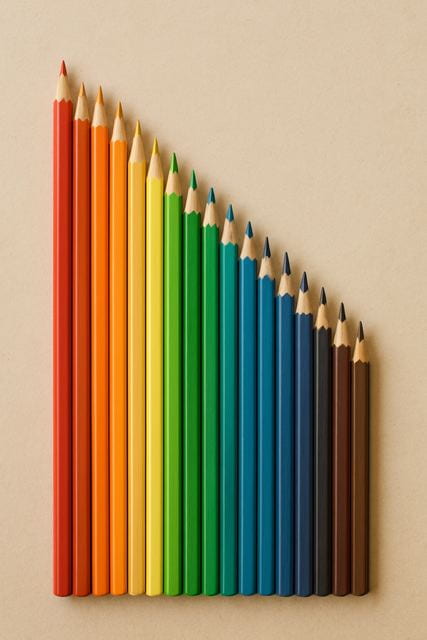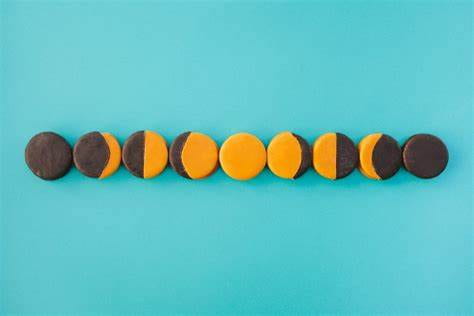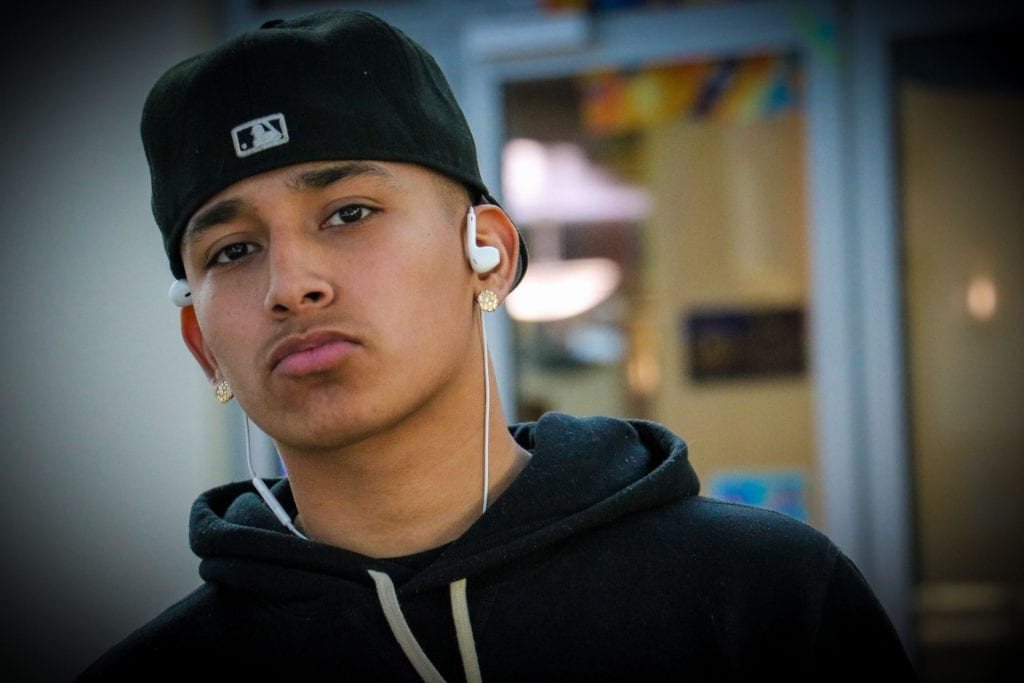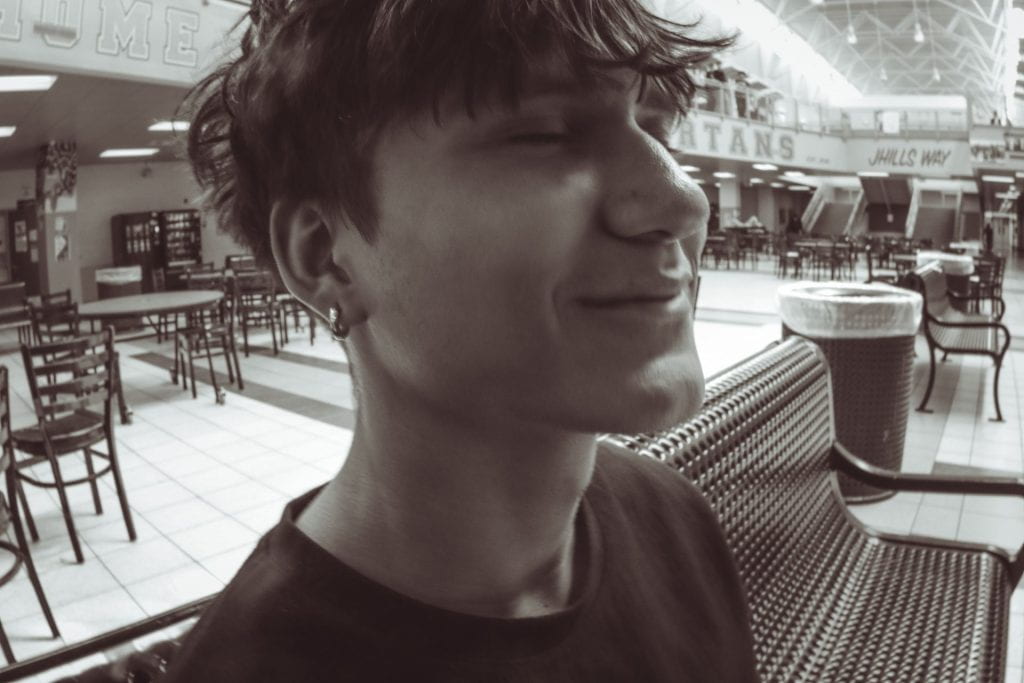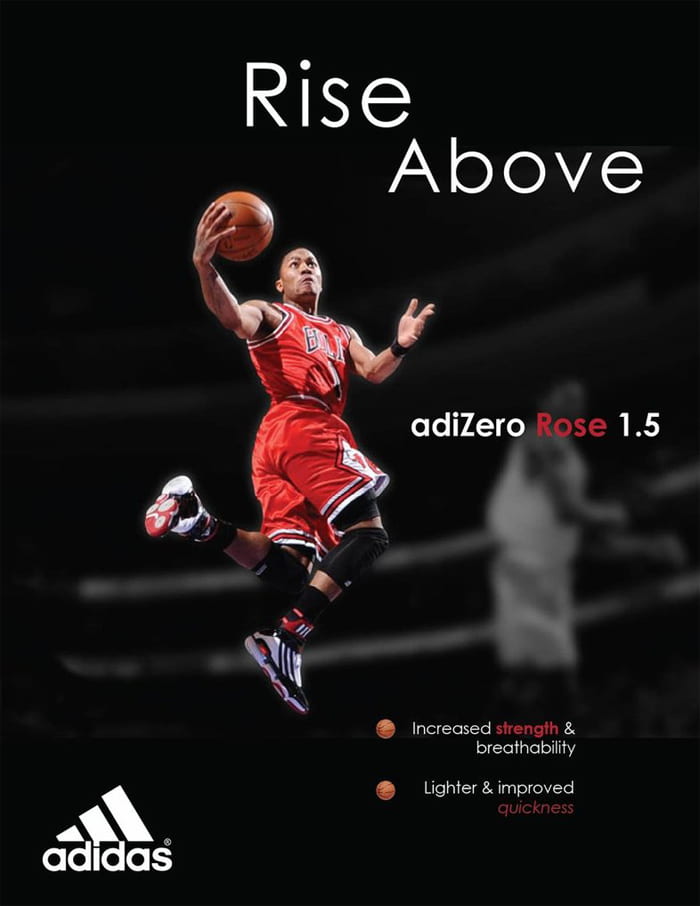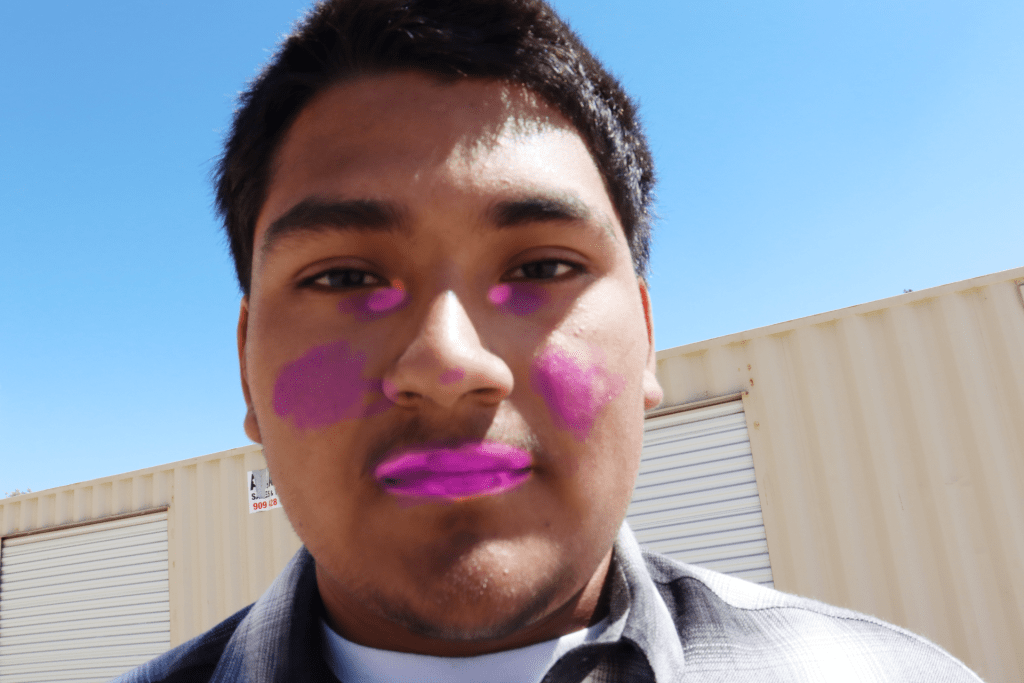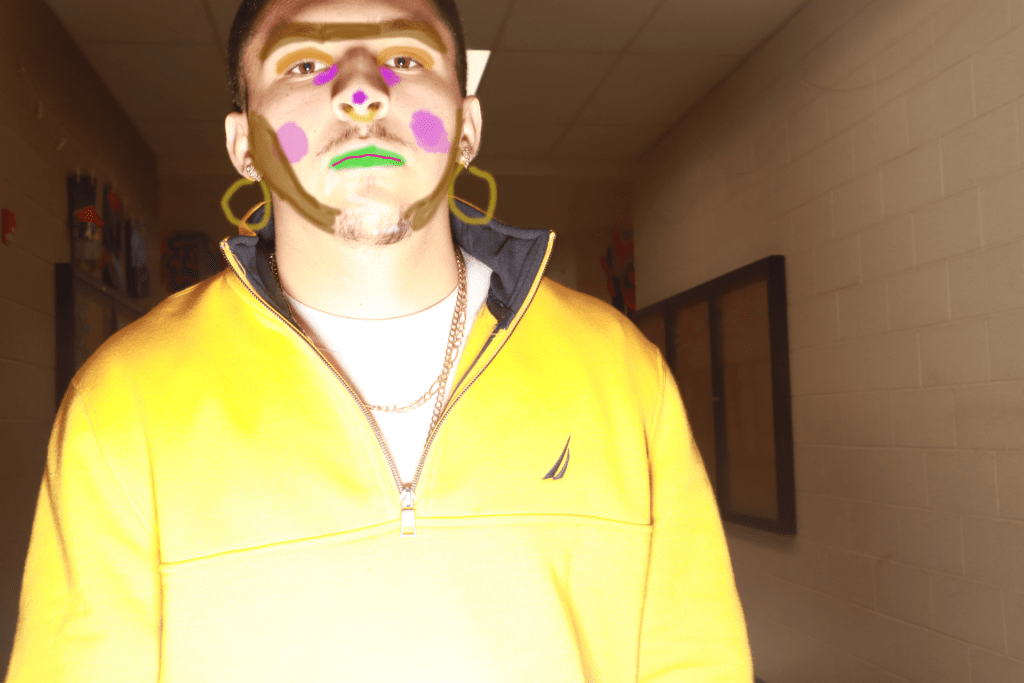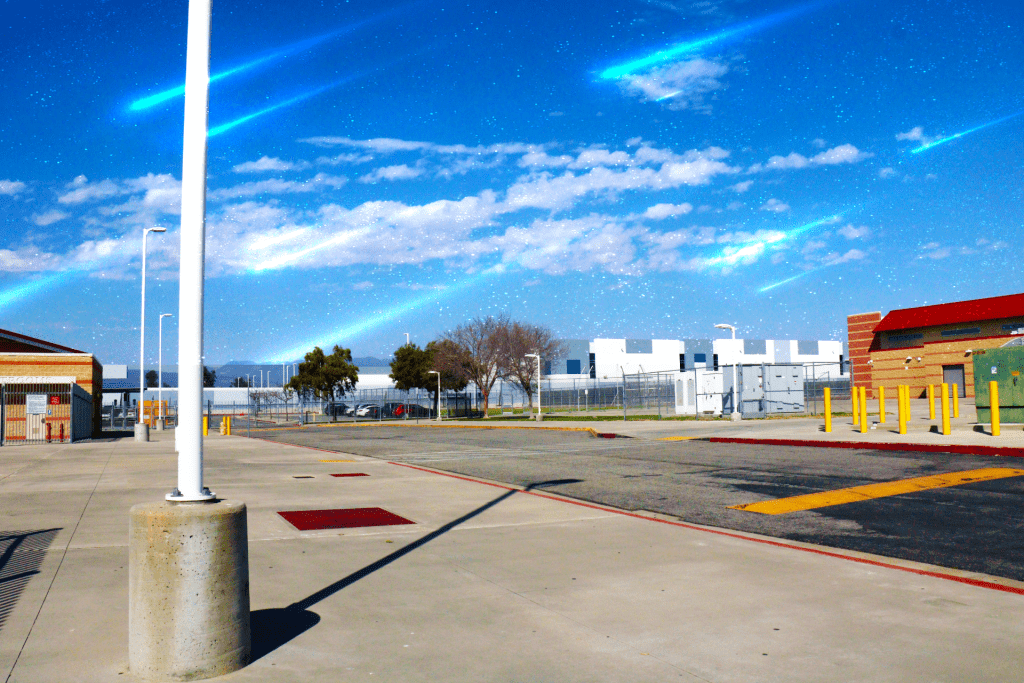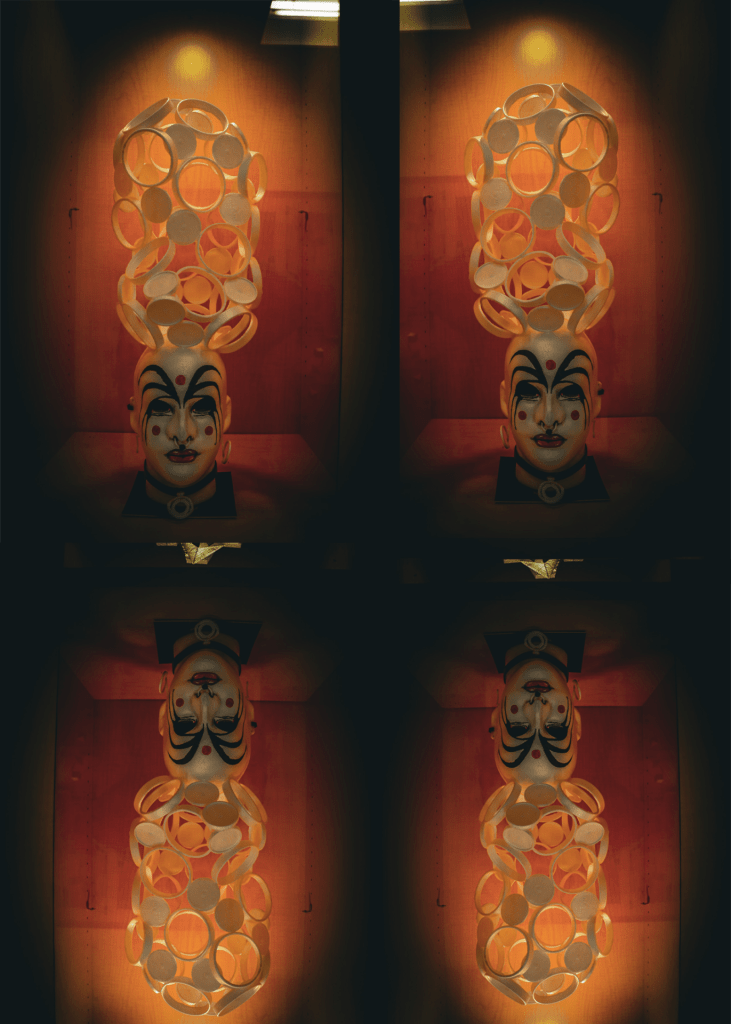This photo by Emily Blincoe is really interesting because it shows the moon phases using circles of cheese which I thought was really creative of her to do.
Letter to next years photo one students
Dear next year’s photo one student this class is really fun and also chill and laidback compared to another elective Mrs. Cauchon is a great teacher, and her energy is the best when she is teaching just don’t talk when Shes talking when she’s showing new assignments, she also has a lot of good music playing while you guys are doing ur work the assignments are pretty easy and this class is very easy to pass with at least a B or higher you just can’t be lazy you also create a lot of memory’s with your friends and at the end of the year you have a whole file of photos from the year to hold onto and you can look back on all of your best pictures and all of the moments you captured of people. Have fun in this class and I hope you have a good year this class is the best on campus.
Close Up Portraits
White Balance
If you want to capture a scene as the human eye perceives it, then white balance should be on your radar. White balance refers to the process of removing or neutralizing color in your images. Keep adding warm color too balance the photo out. Since photographers often want to produce images that look natural, white balancing involves carefully adjusting your camera settings or editing tools to counteract these color casts. In general, natural light only requires correction along the blue-yellow spectrum, but certain types of artificial lighting may produce a noticeable color tint, in which case you’ll need to correct for that, too. Photographers refer to different color temperatures using the Kelvin scale. Warmer color temperatures, such as those produced by a candle flame or a setting sun, have a low Kelvin value, such as 3000 K. Neutral color temperatures, such as midday sunlight, have a medium Kelvin value – around 5000 ,they prevent you from capturing accurate, true colors in a scene. If you want to photograph a beautiful red sunset exactly as it appears to your eye, you’ll need to neutralize any color casts. While it’s always important to start by color correcting your photos, you can sometimes enhance images by deliberately pushing the white balance in the wrong direction. Note that you can also use an “incorrect” white balance to exaggerate the conditions of the scene. Adding cool hues will give images a shady or night effect, while adding warm hues will give images a sunrise or sunset effect.
Advertising Photography
Illustration Of A Iconic Picture
Pictures with makeup
File Formats
JPEG Lossy compression, good for photos, small file size, widely compatible.
HEIF Lossy compression, more efficient than JPEG, better quality at smaller file sizes, becoming more common (e.g., iPhones).
TIFF Lossless compression (or uncompressed), high quality, large file size, used for archiving and professional printing.
*RAW Minimal processing contains all data captured by the camera sensor, large file size, requires processing, maximum editing flexibility.
DNG Adobe’s open-source RAW format aims for standardization, similar benefits to other RAW formats
PNG Lossless compression, good for graphics, transparency support, larger file size than JPEG for photos.
GIF Lossless compression, limited color palette (256 colors), supports animation, small file size, good for simple graphics and animations.
BMP Uncompressed, large file size, simple format, rarely used.
PSD Adobe Photoshop’s native format supports layers and editing features, large file size, requires Photoshop to open fully.
